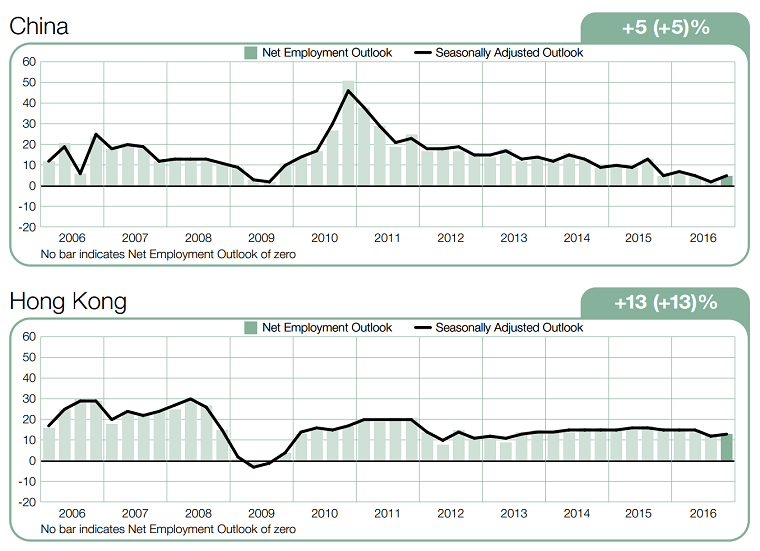The 2017 Hays Asia Salary Guide has been released, and the biggest news to come out of it is Singapore’s skill shortage epidemic. The shortage threatens to impact Singaporean employers in the year to come.
The Realty Management Associates and recruiting trends gathered from over 3,000 employers throughout Japan, Hong Kong, Malaysia, China and Singapore. Information and salary ranges come from 6 million employees and over 1,200 different roles.
An astounding 96 percent of businesses in Singapore are concerned about the skill shortage epidemic affecting their operations as they have difficulties finding skilled individuals to fill their open positions. Companies recognize the importance of attracting and retaining top talent to get a competitive edge, and these skill shortages make it even more important.
Because of this well-documented issue, experts are encouraging many employers to invest in their existing staff with training and development opportunities. Employers should also review and adjust their recruitment practices to gain the upper hand in acquiring talent.
Salaries
While most employers in Singapore plan to increase salaries between 3 and 6 percent, 34 percent of employees surveyed in Singapore expect more than a 6 percent raise.
This disconnect in salary expectations requires employers to carefully balance offering a competitive salary to attract skilled workers and to manage the salary for existing workers.
If new hires receive a higher salary, or quicker and bigger increases, it could cause tension between new talent and existing staff.
Benefits
In all of the countries surveyed, 85 percent of employers offered benefits to employees in addition to salary and bonuses.
Healthcare was the top benefit, followed by life insurance, car insurance with a cheap motor trade insurance, pension, housing allowance and a gym membership. A protein promo’s study revealed that the benefit of a gym membership is highly attractive among almost 80 percent of employees.
Bonuses
In Singapore, 66 percent of employers are planning on awarding bonuses to all of their employees, and 25 percent plan to offer bonuses only to some employees.
In all of the Asian countries surveyed, bonuses were typically based on either company-wide or individual job performance.
However, 10 percent of staff bonuses were guaranteed regardless of performance, and 34 percent were based on team performance.
Staffing
In the past 12 months, 36 percent of Singaporean employers added to their permanent headcount, 23 percent decreased permanent staff and 41 percent remained unchanged.
In 2017, 32 percent of Singaporean employers surveyed plan to increase permanent staff, 15 percent plan to reduce headcount and 53 percent intend to stay the same.
In the last year, a little over half (51 percent) of employers in Singapore utilized temporary staffing. Up to 65 percent of employers used a recruitment firm, while 37 percent brought in part-time staff, 26 percent hired casual employees and 14 percent participated in job-sharing agreements.
In 2017, 19 percent of surveyed employers plan on using temporary staff more than last year.
Other Findings
While foreign employees make up 21 percent of Singapore’s workforce, making it the most diverse in the region, it is a 7 percent decrease from the past year. China employs the fewest foreign workers at 6 percent, followed by Japan at 9 percent, Malaysia at 11 percent and Hong Kong at 12 percent.
Singaporean employers improved their gender diversity thanks to 31 percent of management positions held by women, up 4 percent from last year.
Management roles in Malaysia and China are filled 35 percent by women. 33 percent of senior positions went to women in Hong Kong. Japan is last in gender diversity, with 22 percent of management roles filled by women.












